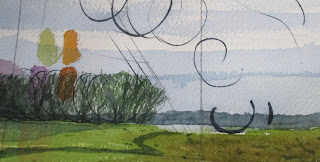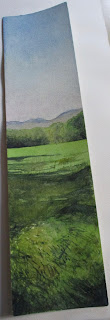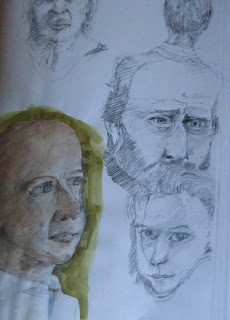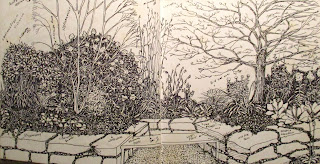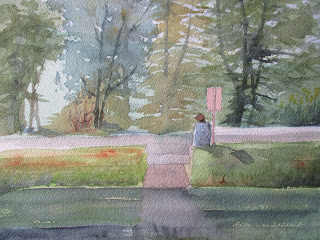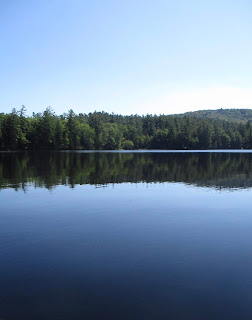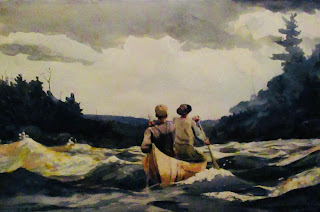 |
| (C) 2018 Dale DiMauro |
We have had beautiful, sunny days for the most part, to close out 2018. Lately, the landscape looks more like a late November day than some point in December. The snow has receded enough that I found I can walk through the woods without boots or the ice grabbers that often are required in the winter.
One can truly see the natural colors of nature if you really look. I hike through the woods and fields challenging myself. I ask myself what pigments on my palette would express these warm and cool washes found in nature. The long shadows are an important component of this landscape.
I believe these colors tell us a lot about the regional landscape, the time of year and where we call home. Hopefully, I can manipulate these colors and patterns in subtle ways which will create stronger paintings and a greater connection to where we live and in the time we live.
And by the way, Happy New Year to you....







